[ad_1]
The chief executive of Toyota New Zealand (TNZ), Neeraj Lala, reckons the brand’s vehicles could comprise 30 per cent or more of the country’s “units in operation” (the entire registered Kiwi fleet, in other words) by the end of the decade if current trends continue.
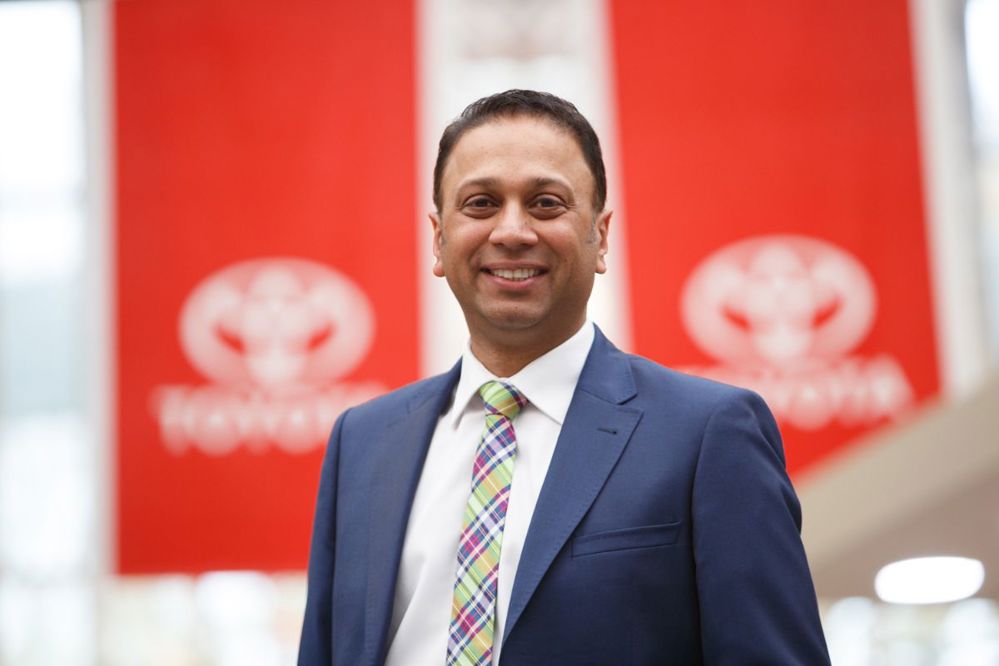
There’s plenty about that’s good for Toyota, says Lala. But also some serious downsides.
Last year was a record effort for Toyota (and Lexus) new-vehicle sales, achieved with the brand’s lowest-ever volume of rental vehicles. But new vehicles are just part of the picture for Toyota.
“Used cars will continue to play an important role. Last year 118,000 came in and 53,000 of those were Toyotas. We have close to 4m cars for a population of 5m and 1m of those are Toyotas.
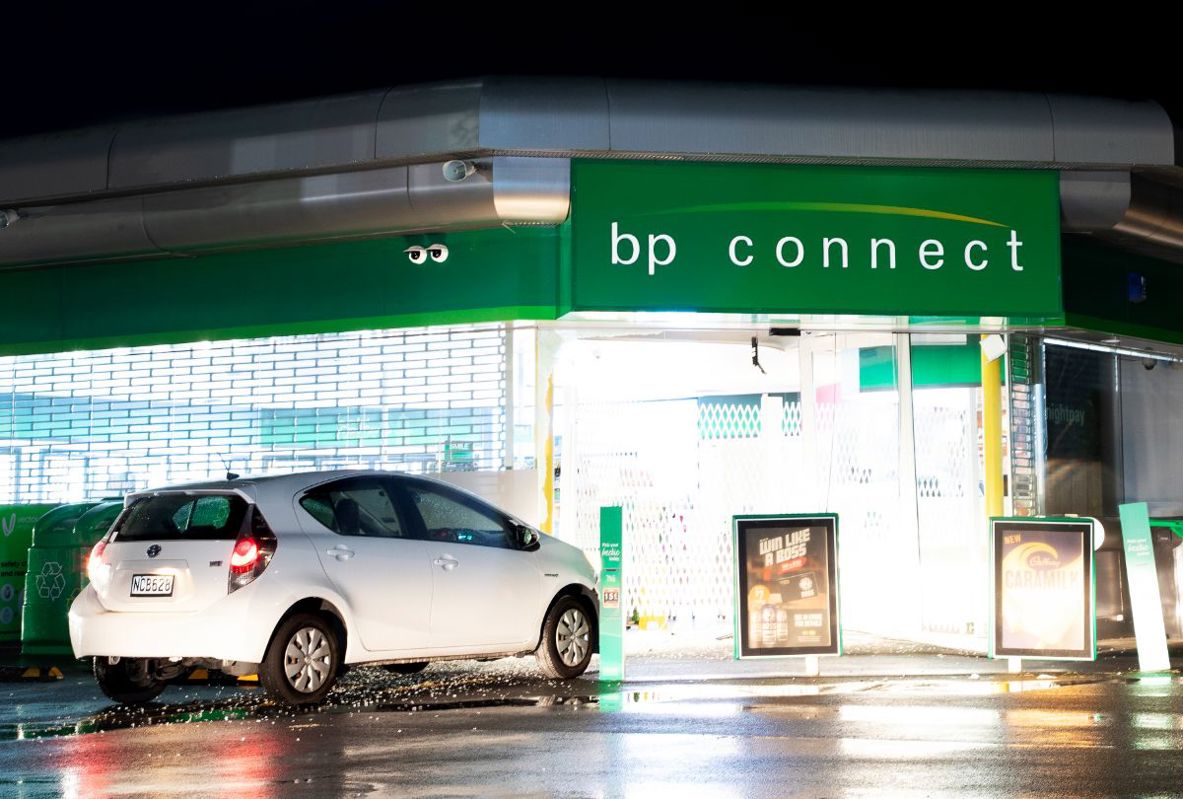
The top used import at the moment is the Toyota Aqua hybrid (aka Prius C as a NZ-new vehicle), a car which Lala admits is also famous for the “wrong reason”. Number two is the standard Prius, followed by (shock) a non-Toyota, the Nissan Leaf.
“So this is what we think will happen,” says Lala. “We’re putting in about 33.5k new cars [each year], 50-60k used, and in terms of scrappage there’s a lower percentage of Toyotas coming off the road.
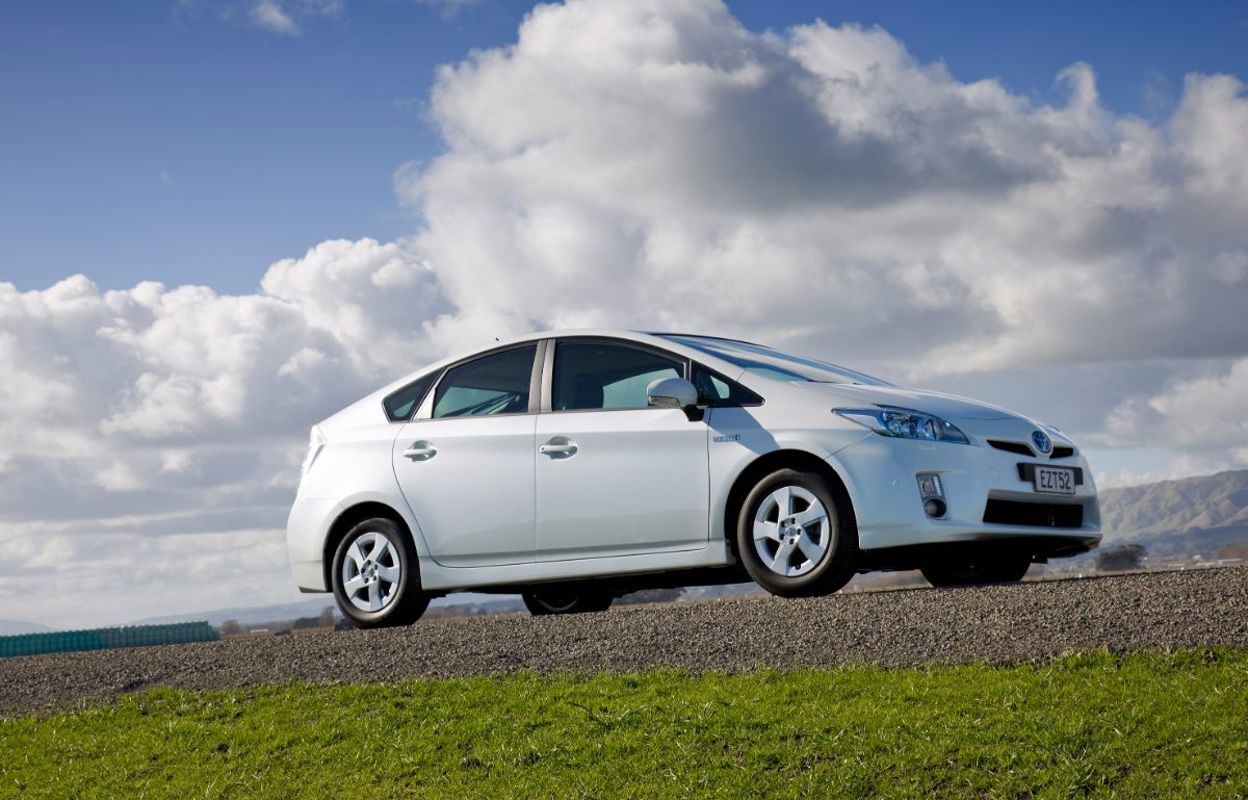
“We think our units in operation will be somewhere between 25-30pc of cars on the road by the end of this decade.
“From a TNZ business perspective, that’s twofold. We need to continue our Signature Class programmme [the brand’s used-car refurbishment operation]. It celebrated its 25th year in 2023; we need to continue to push and grow our used car operation, and with Thames we’ve got some good assets there to make it happen.”
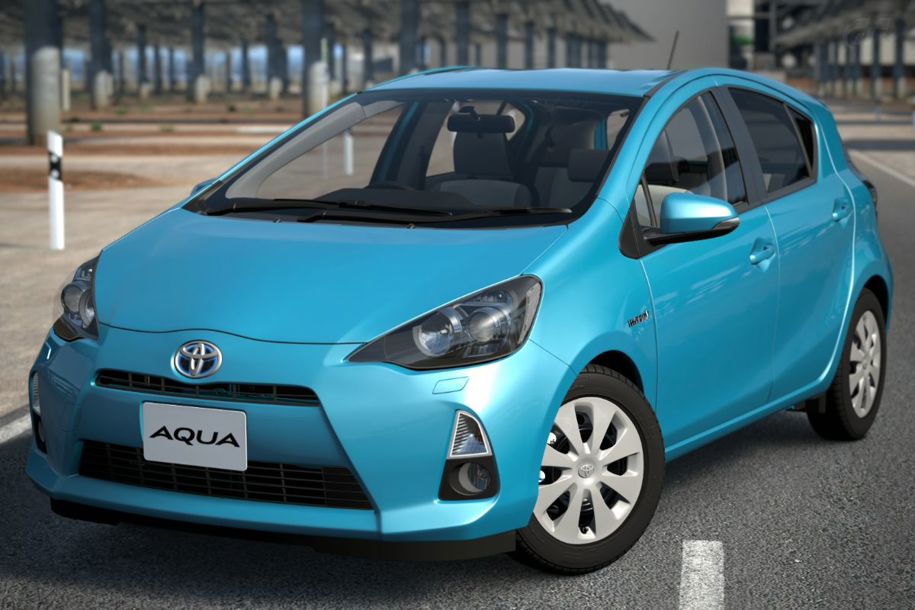
But Lala says the age of the fleet, just under 15 years at present, is a real concern.
“Despite an ageing fleet being good for our service/parts business, in the short term we think it creates considerable hurt as well. Scrappage schemes haven’t been a priority previously, but big batteries entering the country towards the end of their life is going to create a problem in terms of recycling.
“Affordability will continue to be a problem as the cost of living increases and we’re not seeing the flow of EVs at the value that we would want to see through the used market, because overseas the large markets are generally left-hand drive.
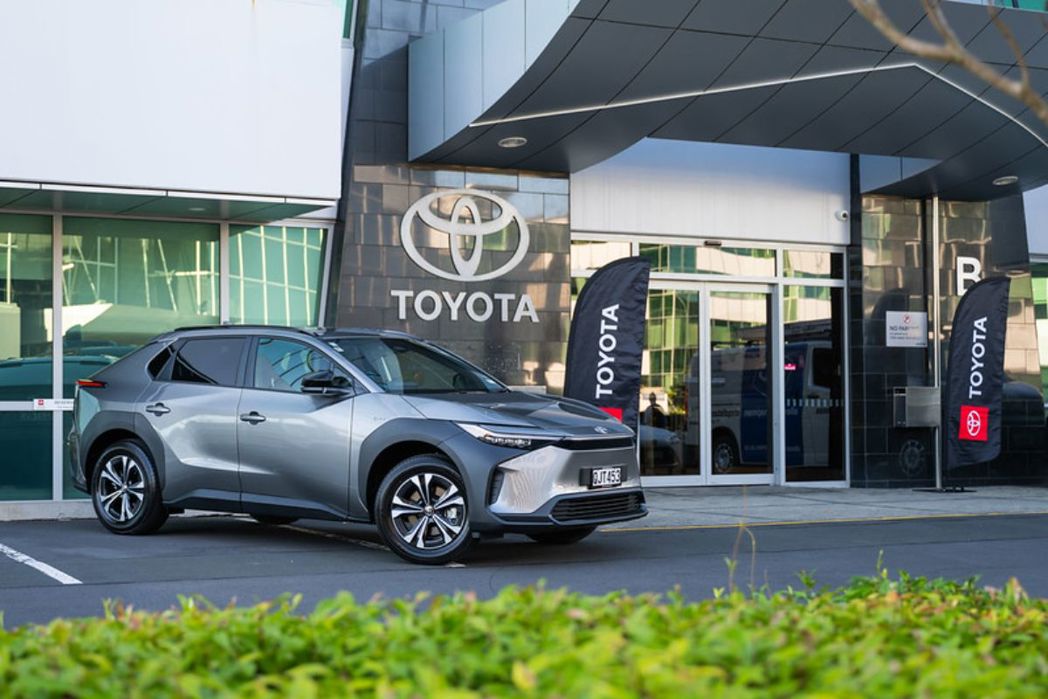
“Japan still has a low percentage of battery electric and given 80 per cent of our used imports are from Japan, it’s going to take a while before it shifts.
If you take a look at the age profile [of used-import Aqua/Prius], the vehicles are coming in close to the 8-14 year mark. That’s not such a good outcome for us.
“So the positive is that customers can buy good low-cost cars. The negative is the battery recycling that we need to work on.”
[ad_2]
Source link